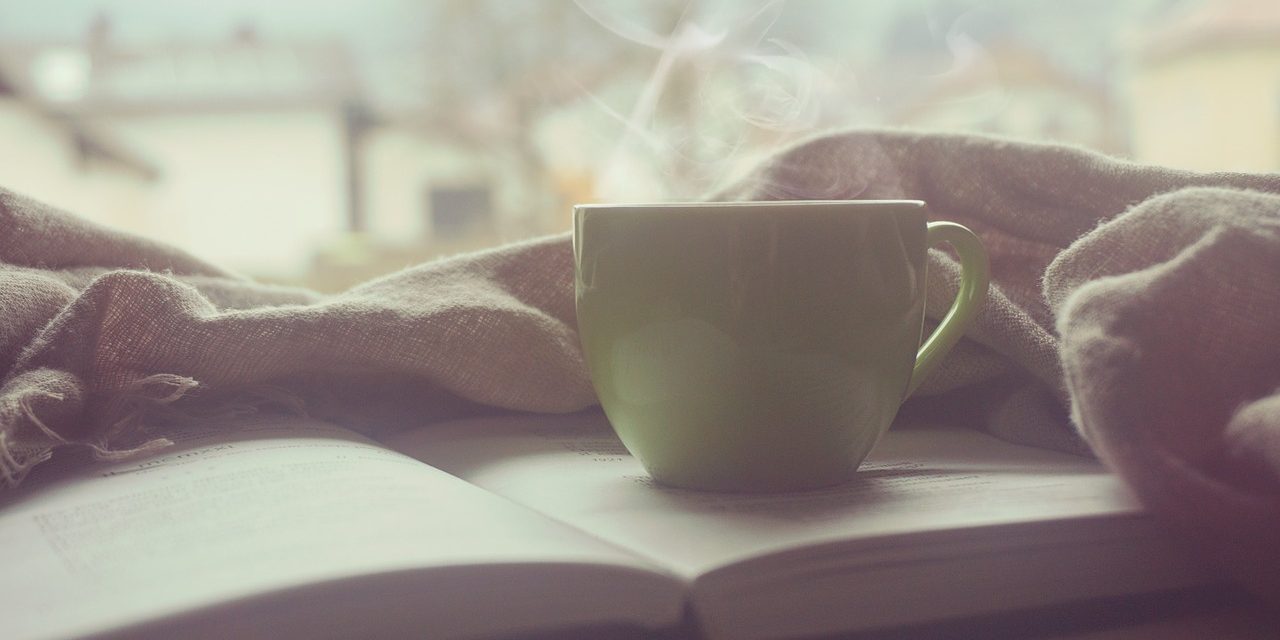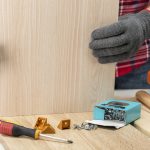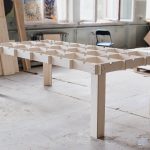Pencil and crayons are obligatory elements of a school trip. Before we choose them for our juniors, it is worth finding out how they differ, why teachers often require pencil and candlesticks, and how it is with pencils – I will immediately open the door to the mystery: not all of them are the same. Together with Fila USA we suggest what to look for when choosing crayons and pencils for younger and older students.
For children who like to draw and for those who don’t
They took part in our crayon and pencil test: 7-year-old Maria and 11-year-old Timon. And mom, who verifies the observations and conclusions of the young testers. Marysia loves to draw, she does it very often, she creates it using various techniques and tools. Can see and feel differences between different types of crayons. They are important to her because she often uses them and she needs good tools that will support her artistic passion and broaden her possibilities of developing it. Tymon doesn’t like drawing. He has interesting ideas, but the activity of drawing itself is not a great fun for him. For children, for whom drawing is more of a duty than a pleasure, the right choice of crayons and pencils is also of great importance. Poorly selected – they will discourage even more, good quality selected may encourage to try. “What cool, clear colours”, Tymon said when choosing the crayons he wanted to try. And he spent another hour in concentration drawing. Among the photographs at the end of the article there is one showing his work. For someone who does not like drawing… and you will see for yourself.
Pencil crayons and pencils
Among pencils and pencils you will find many different options that adapt them to your child’s needs and skills, as well as to the tasks they perform. Although at first glance it may seem that all of them are similar, this is not the case. These are the main differences:
Strength
For both pencils and crayons, one of the key features to consider is their resistance to breakage. This applies to both the graphite and the holder. The frames are usually made of wood, but there are also wooden crayons available (e.g. Giotto Elios) – they are more resistant to breakage, and they are also easier to temper. Wooden crayon frames of good quality are also durable, but the cheapest ones are not necessarily. This is due, among other things, to the type of wood used for the frames.
Two things affect the strength of a coloured crayon stick. Firstly, the quality of the ingredients used, which is obvious. Secondly: pigment saturation. Why? Children (especially younger ones) like vivid, expressive colours. When they draw with crayons, they try to get those colours. Good quality crayons with high pigment content give the desired effect without the need for strong pressure. Crayons with lower “pigmentation” give lighter, less juicy colors, so the child instinctively presses the crayon harder, which often ends in its breaking.
Thicker or thinner?
We have a choice of thicker and thinner pencils and pencils. Thicker ones are more comfortable for younger children who are still practicing the correct writing grip. Especially if the crayon has not only a larger diameter, but also other amenities, which in a moment. Older children are more likely to use pencils and classic crayons, i.e. thinner ones. When buying crayons or thicker pencils, remember to buy a sharpener with a hole in the right diameter.
It is also worth noting the thickness of graphite itself. Good quality crayons and pencils show the graphite diameter on the packaging, which can be 3 mm (e.g. Giotto Colors 3.0) or even more than 4 mm (in Lyra Groove Natural Grip pencils graphite is 4.3 mm in diameter). Thicker graphite is particularly recommended for younger children, who often have to press hard on a pencil or pencil.
Round, triangular, or hexagonal?
Crayons and pencils are available in round, hexagonal or triangular cross-section. The triangular holder makes it easier for your child to position their fingers correctly. Our younger tester, Marysia, emphasizes that the triangular crayons are simply comfortable for her, and the thickest for her. Among the pencils and crayons we tested were also those that had small hollows on the frame. It is also a convenience for comfortable grip and proper positioning of fingers.
Soft or hard?
Pencils are marked with graphite hardness. Hard graphite – H markings with a number (e.g. 3H) – the higher the number, the harder the graphite. Hard pencils will work well for precise sketches and drawing small parts, in technical drawing and in geometry lessons. Hard graphite leaves a thin line and allows even small details to be presented. Soft pencils have a B-sign with a number (e.g. 4B) – the higher the number, the softer the graphite. They leave a clear, strong mark, often used for shading and sketching. There are also pencils marked with HB – they are pencils
test crayons and pencils











